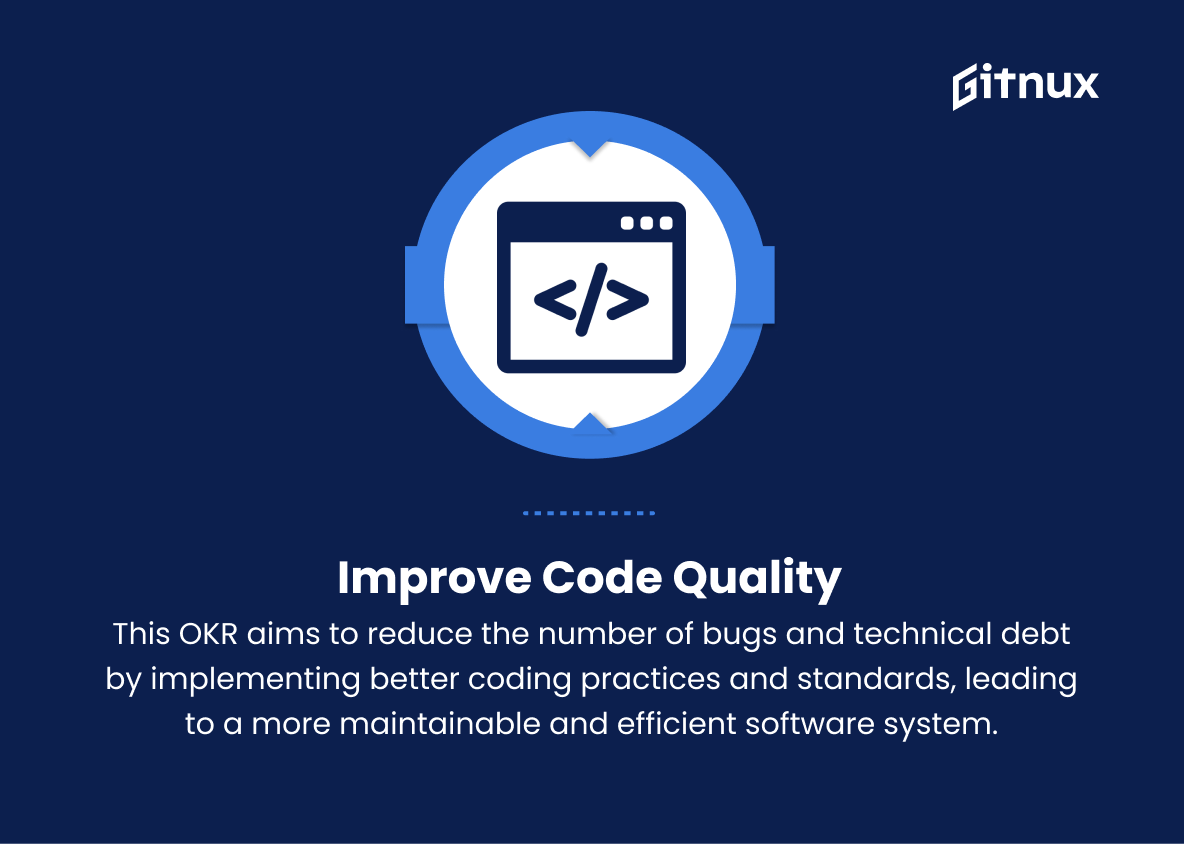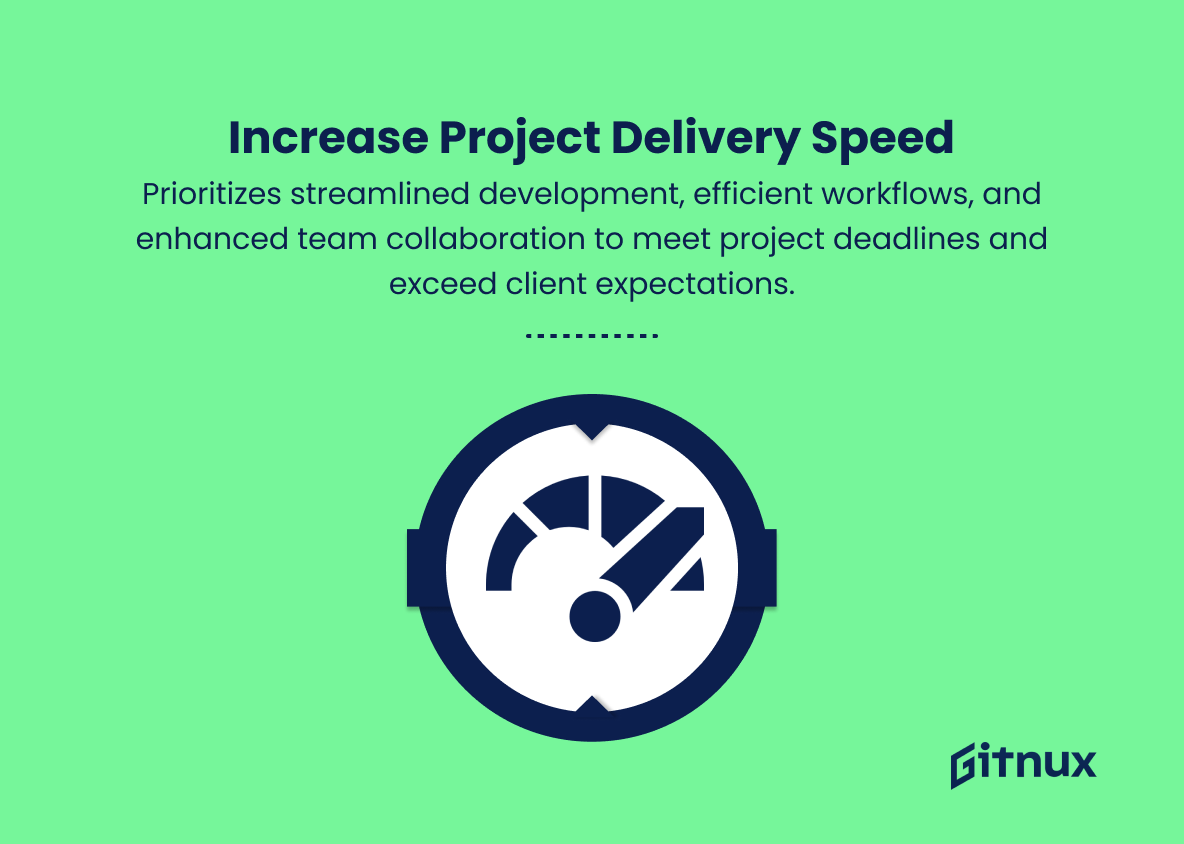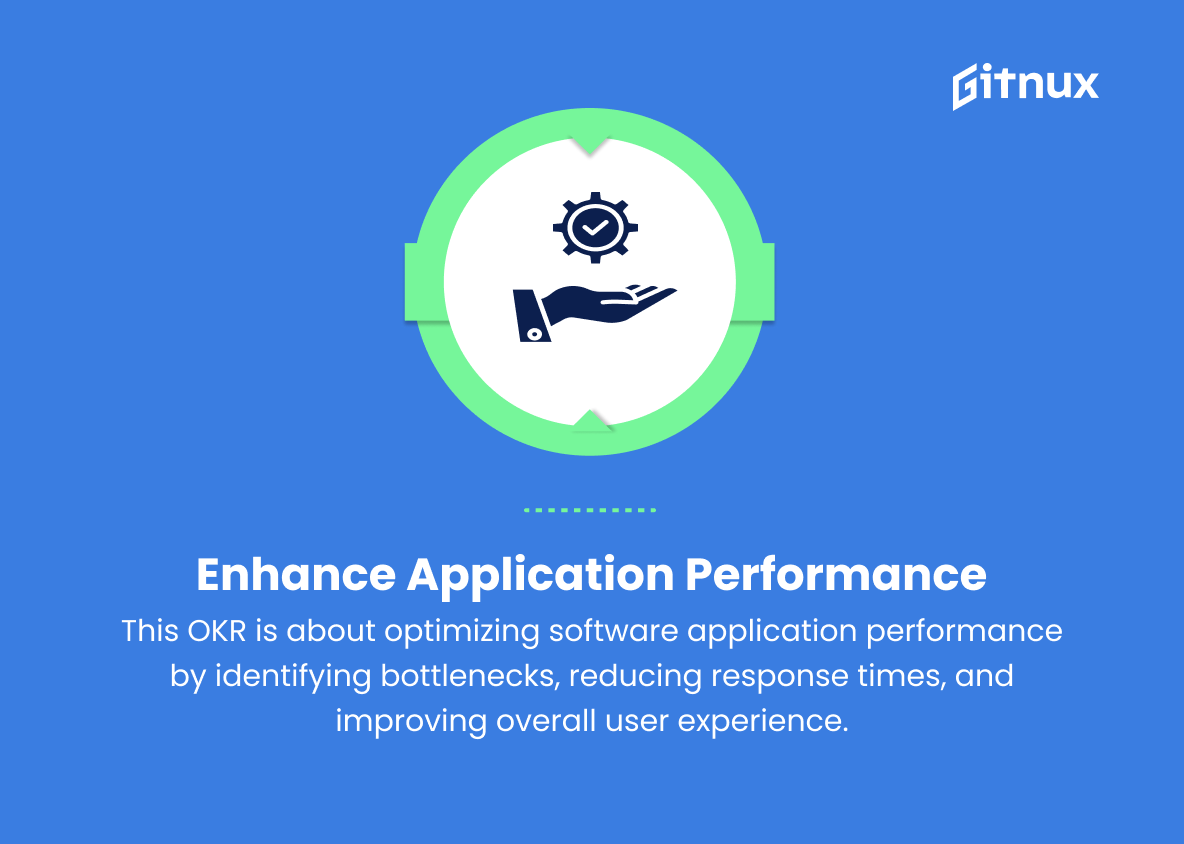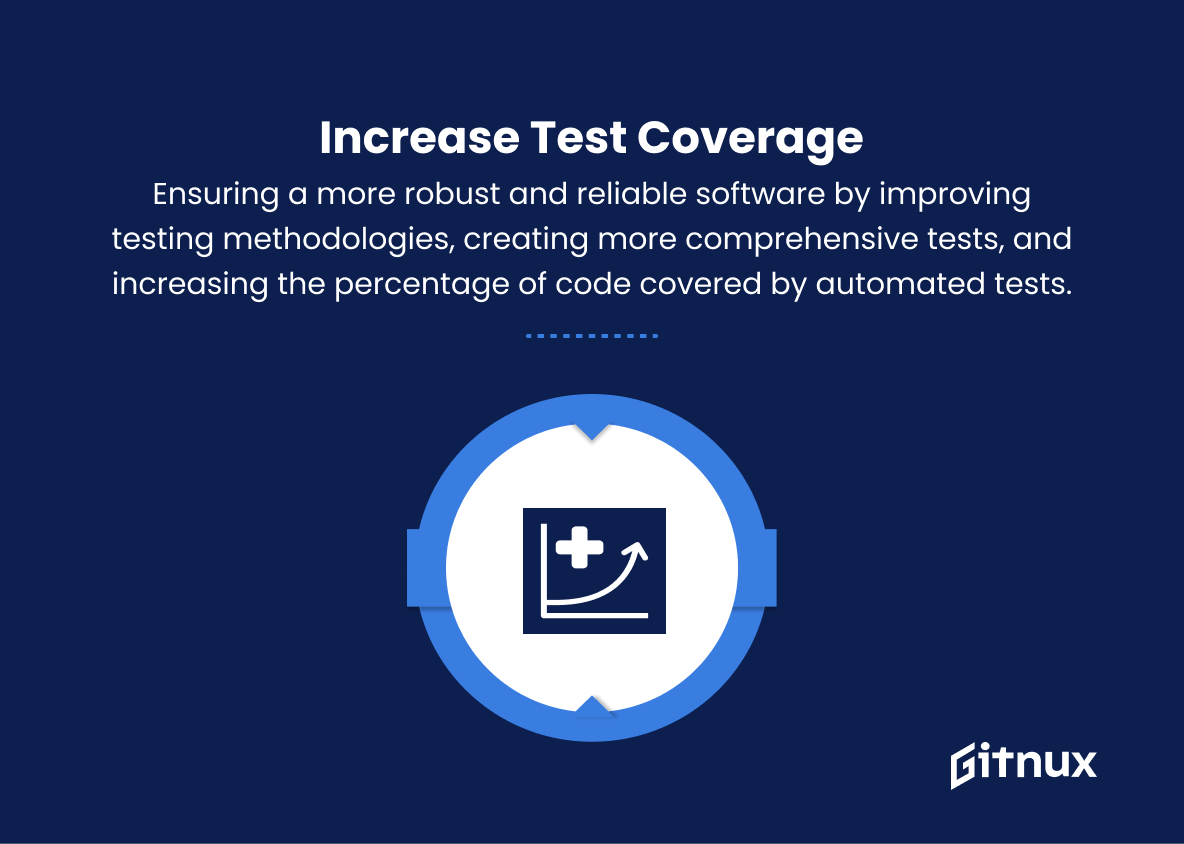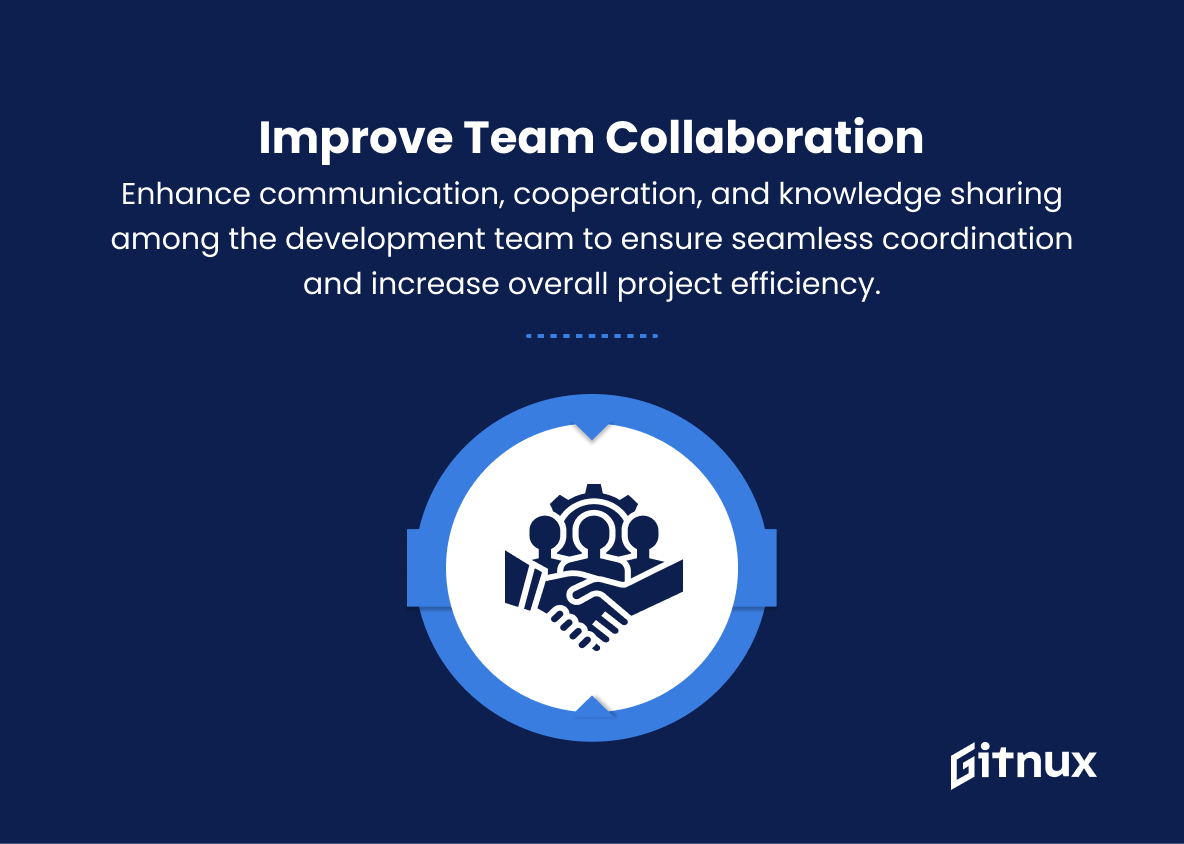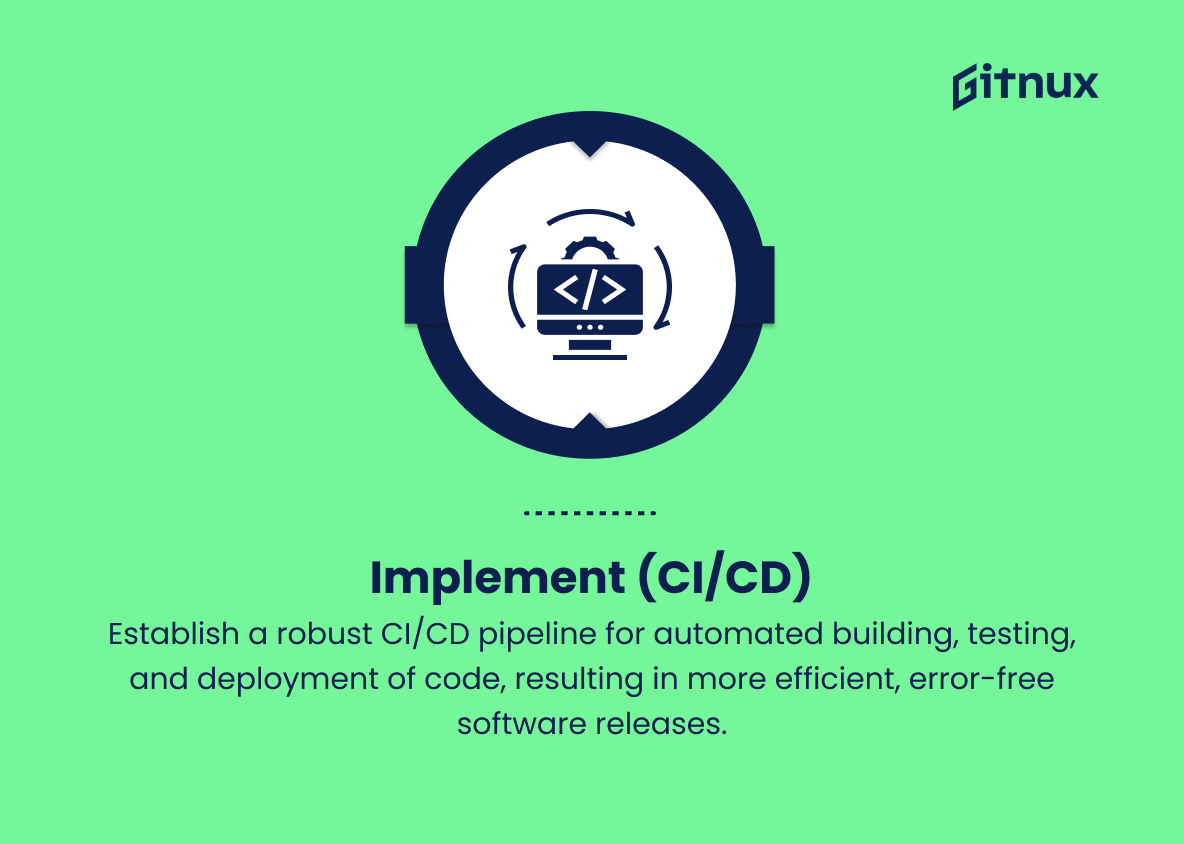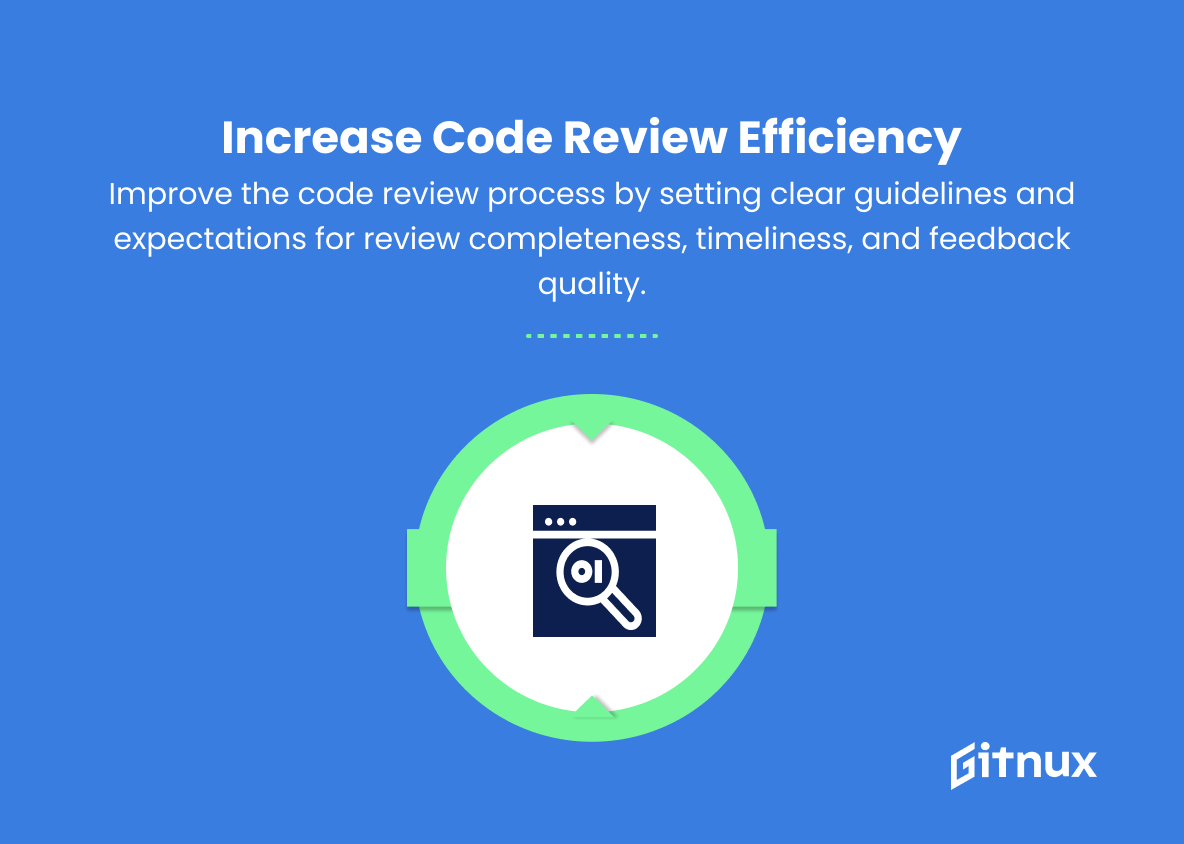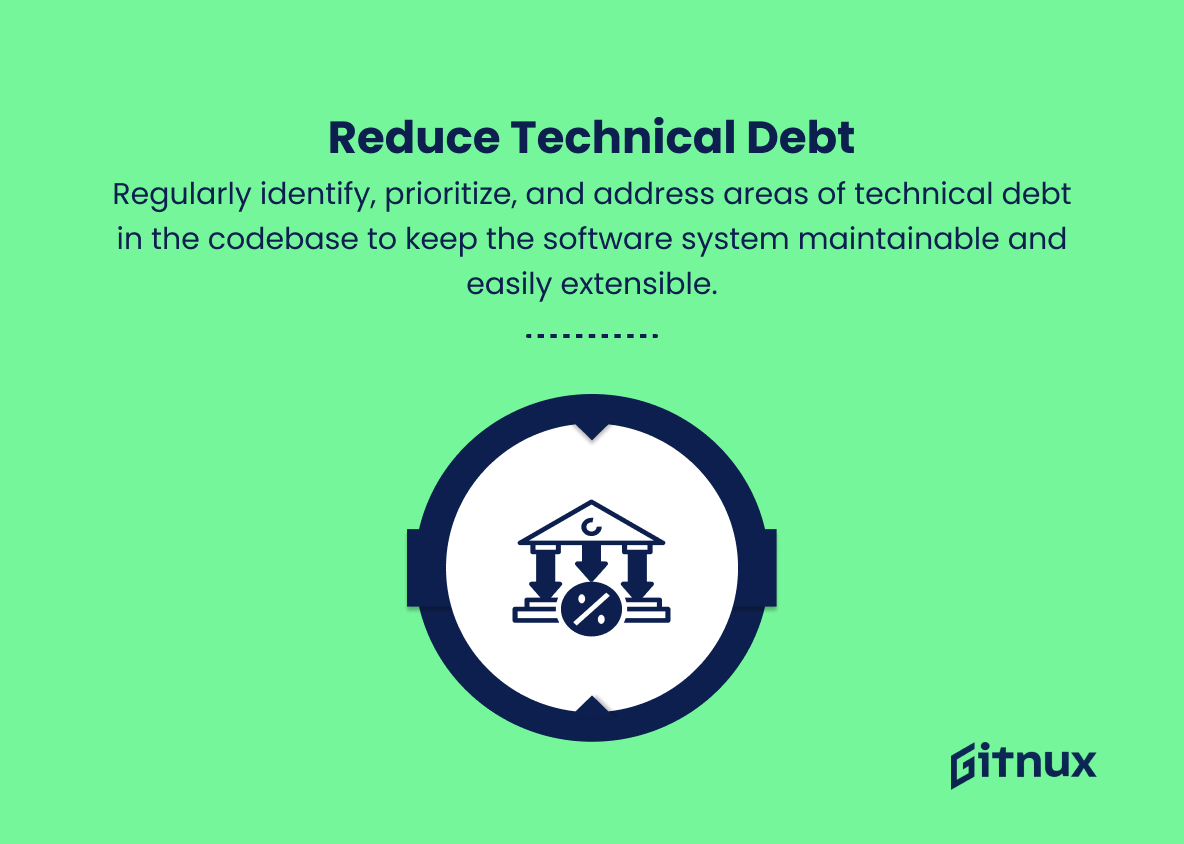In today’s fast-paced, dynamic world of software development, efficient goal-setting and performance measurement are crucial for success. Objectives and Key Results (OKRs) have emerged as a powerful paradigm to address these vital needs, focusing on aligning individual, team, and organizational efforts with clear, measurable targets.
This blog post dives deep into the world of Software Development OKRs, shedding light on their importance in driving progress and fostering a culture of continuous improvement. From understanding their fundamental principles to learning best practices for implementation, we’ll guide you through leveraging OKRs to unleash the full potential of your software development team and deliver excellence to your customers.
Software Development OKRs You Should Know
1. Improve code quality
This OKR aims to reduce the number of bugs and technical debt by implementing better coding practices and standards, leading to a more maintainable and efficient software system.
2. Increase project delivery speed
Focuses on streamlining the development process, improving workflows, and enhancing team collaboration to complete projects within the stipulated deadline and surpass client expectations.
3. Enhance application performance
This OKR is about optimizing software application performance by identifying bottlenecks, reducing response times, and improving overall user experience.
In today’s fast-paced, dynamic world of software development, efficient goal-setting and performance measurement are crucial for success.4. Increase test coverage
Ensuring a more robust and reliable software by improving testing methodologies, creating more comprehensive tests, and increasing the percentage of code covered by automated tests.
5. Improve deployment frequency
Enhancing the development pipeline to enable faster, more frequent releases of new features and improvements.
6. Enhance software scalability
Upgrading the software architecture and infrastructure to better handle increasing user demands, leading to larger-scale growth of the application with minimal impact on performance.
7. Strengthen application security
Protecting sensitive information and securing the software system by identifying and mitigating potential security risks, vulnerabilities, and implementing security best practices.
Objectives and Key Results (OKRs) have emerged as a powerful paradigm to address these vital needs, focusing on aligning individual, team, and organizational efforts with clear, measurable targets.8. Improve customer satisfaction
Monitoring customer feedback, addressing product issues, and delivering requested features promptly to ensure a more satisfying user experience.
9. Efficient resource allocation
Optimize resource utilization by streamlining team structures, enhancing workload distribution, and prioritizing tasks to enable increased productivity.
10. Improve team collaboration
Enhance communication, cooperation, and knowledge sharing among the development team to ensure seamless coordination and increase overall project efficiency.
11. Implement continuous integration and continuous delivery (CI/CD)
Establish a robust CI/CD pipeline for automated building, testing, and deployment of code, resulting in more efficient, error-free software releases.
12. Increase code review efficiency
Improve the code review process by setting clear guidelines and expectations for review completeness, timeliness, and feedback quality.
13. Enhance documentation
Develop and maintain comprehensive project documentation, including software requirements, design architecture, code commentary, and user guides to facilitate a better understanding of the system and ease future maintenance.
14. Reduce technical debt
Regularly identify, prioritize, and address areas of technical debt in the codebase to keep the software system maintainable and easily extensible.
15. Advance team skills development
Encourage and support professional development opportunities for team members to improve their technical skills and stay up to date with the latest industry trends and best practices.
Software Development OKRs Explained
The Software Development Objectives and Key Results (OKRs) matter because they are essential for producing high-quality software while maximizing productivity, efficiency, and customer satisfaction. Improving code quality, project delivery speed, and application performance directly affects the software’s overall functionality and user experience. Ensuring robust testing, frequent deployment, and software scalability allows the development team to adapt quickly to the changing user demands and requirements.
Fostering a strong foundation of application security safeguards sensitive information, while improving customer satisfaction keeps the development focused on user-centric features. Efficient resource allocation and team collaboration are vital to streamline the development process and create synergies among team members. Implementing continuous integration and continuous delivery pipelines, alongside enhancing code review efficiency and documentation, results in a more maintainable and extensible codebase.
Finally, reducing technical debt and advancing team skills development ensure that the team is prepared to tackle future challenges and stay ahead of the competition in the constantly evolving software industry.
Conclusion
In summary, Software Development OKRs are an indispensable tool for aligning software teams with a clear vision and measurable outcomes. By focusing on ambitious yet achievable objectives and breaking them down into smaller, results-oriented key results, companies can foster a culture of continual improvement, collaboration, and innovation.
Ultimately, well-defined and well-executed OKRs drive software development teams towards excellence and ensure the delivery of high-quality products that satisfy customer needs and market demands. By adopting this robust framework, organizations can ensure they stay consistent in their performance and continue to scale effectively in an ever-evolving industry landscape.
